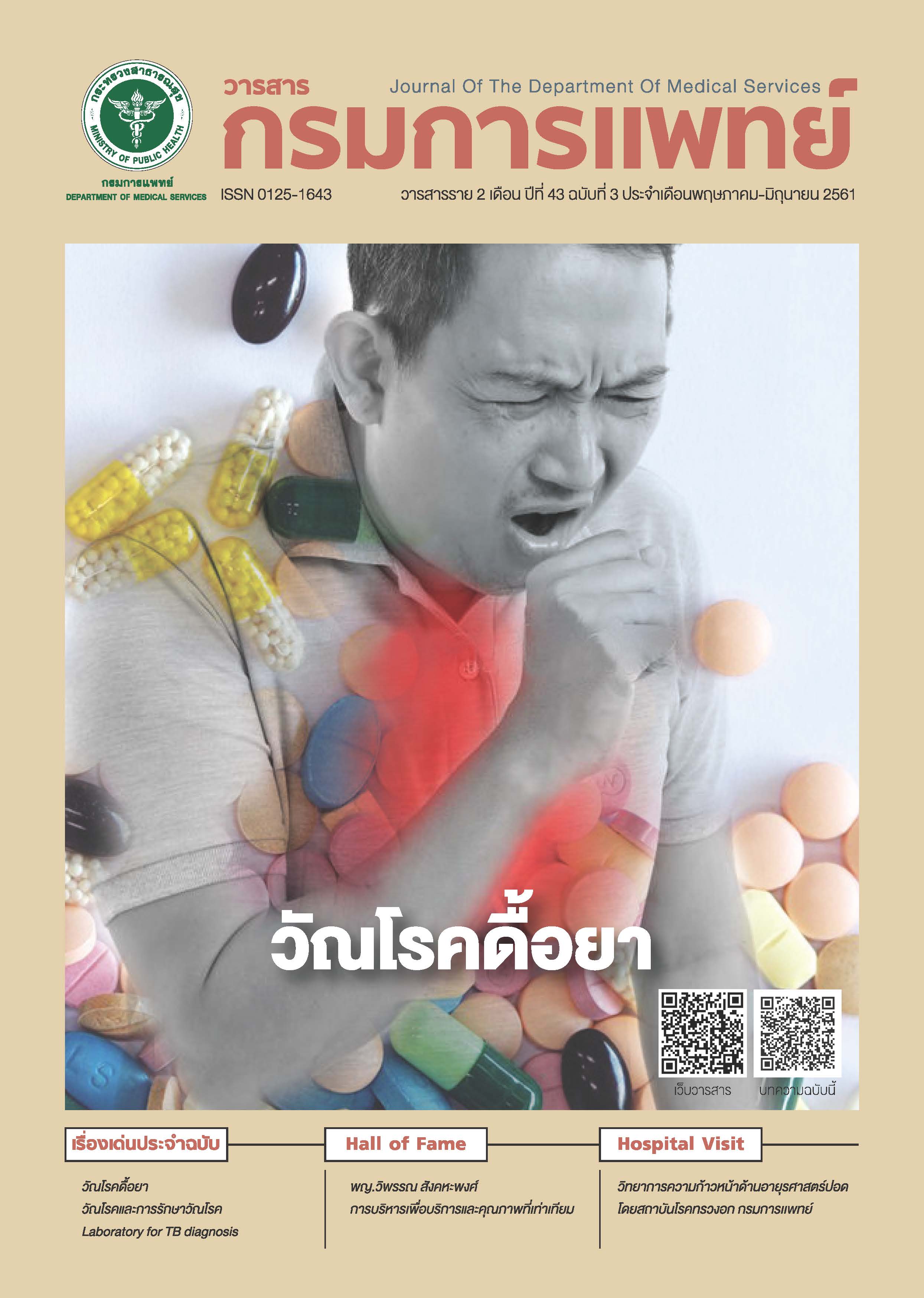Cost Effectiveness Analysis of Screening Program for Hearing Loss in High Risk Neonates
Keywords:
: Otoacoustic emission (OAE), Automated auditory brainstem response (AABR), Conventional auditory brainstem response (CABR), Auditory steady state response (ASSR)References
Roberts JE, Wallace IF, Brackett D. Development of speech and language. In: Lalwani AK, Grundfast KM, eds.Pediatric Otology and Neurotology. Philadelphia: Lippincott-Raven Publishers; 1998: 39-47.
Northern JL, Epstein S. Neonatal hearing Screening. In: Lalwani AK, Grundfast KM, eds. Pediatric Otology and Neurotology. Philadelphia: Lippincott-Raven Publishers;1998: 155-62
Fortnum HM, Summerfield AQ, Marshall DH, Davis AC, Bamford JM. Prevalence of permanent childhood hearing impairment in the United Kingdom and implications for universal neonatal hearing screening: questionnaire based ascertainment study. BMJ 2001; 323: 536-40.
Wartkin PM, Baldwin M. Confirmation of deafness in infancy. Arch Dis Child 1999; 81: 380-9.
Wessex Universal Neonatal Hearing Screening Trial Group. Controlled trial of universal neonatal screening or early identification of permanent children hearing impairment. Lancet 1998; 352: 1957-64.
Thompson DC, McPhillips H, Davis RL, Lieu TL, Homer CJ, Helfand M. Universal newborn hearing screening: summary of the evidence. JAMA 2001: 286: 2000-10.
Sininger YS. Screening for hearing loss in neonates: Where do we stand? Adv Otolaryngol Head and Neck Surg 1998; 12: 181-203.
จันทร์ชัย เจรียงประเสริฐ, กฤษณา เลิศสุขประเสริฐ, ลลิดา เกษมสุวรรณ, ประชา นันท์นฤมิต. การตรวจคัดกรองการได้ยินในทารกแรกเกิดด้วยเครื่องตรวจวัดเสียงสะท้อนของหูชั้นใน. วารสารหู คอ จมูกและใบหน้า 2546; 4:27-41.
Yoshinaga-Itano C, Apuzzo ML. Identification of hearing loss after age 18 months is not early enough. Am Ann Deaf 1998; 143: 380-7.
Year 2000 position statement: principles and guidelines for early hearing detection and intervention programs. Joint Committee on Infant Hearing, American Academy of Audiology, American Academy of Pediatrics,American Speech-Language-Hearing Association, and Directors of Speech and Hearing Programs inState Health and Welfare Agencies. Pediatrics 2000; 106: 798-817.
Early identification of hearing impairment in infants and young children. NIH Consens Statement 1993; 11: 1-24.
Newborn and infant hearing screening. Current issues and guiding principles for action. WHO Library Cataloguing-in-Publication Data outcome of WHO informal consultation held at WHO headquarters, Geneva, Switzerland, 09-10 November 2009.
White KR, Vohr BR, Behrens TR. Universal newborn hearing screening using transient evoked otoacoustic emissions: results of the Rhode Island hearing assessment project. Seminars in Hearing 1997; 14: 18-29.
Kemper AR, Downs SM. A cost - effectiveness analysis of newborn hearing screening strategies. Arch Pediatr Adolesc Med 2000; 154: 484-8.
Sininger YS. Screening for hearing loss in neonates: Where do we stand? Adv Otolaryngol Head and Neck Surg 1998; 12: 181-203.
Controlledtrialofuniversalneonatalscreening for early identification of permanent childhood hearing Impairment. Wessex Universal Neonatal Hearing Screening Trial Group. Lancet. 1998; 352:1957-1964.
Kezirian EJ, White KR, Yueh B, Sullivan SD. Cost and costeffectiveness of universal screening for hearing loss in newborns. Otolaryngol Head Neck Surg 2001; 124:359-67.
Alvarenga Kde F, Araújo ES, Melo TM, Martinez MA, Bevilacqua MC. Questionnaire for monitoring auditory and language development in the first year. Codas2013;25:16-21.
การสำรวจความพิการ พ.ศ. 2550 กลุ่มสถิติสังคม สำนักสถิติเศรษฐกิจสังคมและประชามติ สำนักงานสถิติแห่งชาติ
Burke MJ, Shenton RC, Taylor MJ. The economics of screening infants at risk of hearing impairment: an international analysis. Int J Pediatr Otorhinolaryngol 2012; 76:212-8.
Downloads
Published
How to Cite
Issue
Section
License
บทความที่ได้รับการตีพิมพ์เป็นลิขสิทธิ์ของกรมการแพทย์ กระทรวงสาธารณสุข
ข้อความและข้อคิดเห็นต่างๆ เป็นของผู้เขียนบทความ ไม่ใช่ความเห็นของกองบรรณาธิการหรือของวารสารกรมการแพทย์


